Welcome to the ZERO Coalition!
We work to decarbonize Oregon’s built environment from an equity-centered perspective.
Thank you for visiting the ZERO Coalition’s website! We’re excited to see interest in decarbonizing the built environment increasing yearly. The building sector presents a huge opportunity for the state to meet its climate action goals and create healthy, fossil-fuel-free buildings that are accessible to all Oregonians. There will likely be more than 700,000 new homes and apartments and more than 800 million new square feet of commercial building space built in Oregon between now and 2050 so our work feels vital to the future of Oregon and all of its inhabitants.
What is our work, you ask? We do everything from educating the sustainable building industry on Justice, Equity, Diversity, and Inclusion to implement in their businesses to advocating for policy change to expedite the transition to a decarbonized building sector. We create tools to bridge the gap from inefficient buildings to cost-effective high-performance and highly efficient buildings, and increasingly zero energy (or net-zero) buildings!
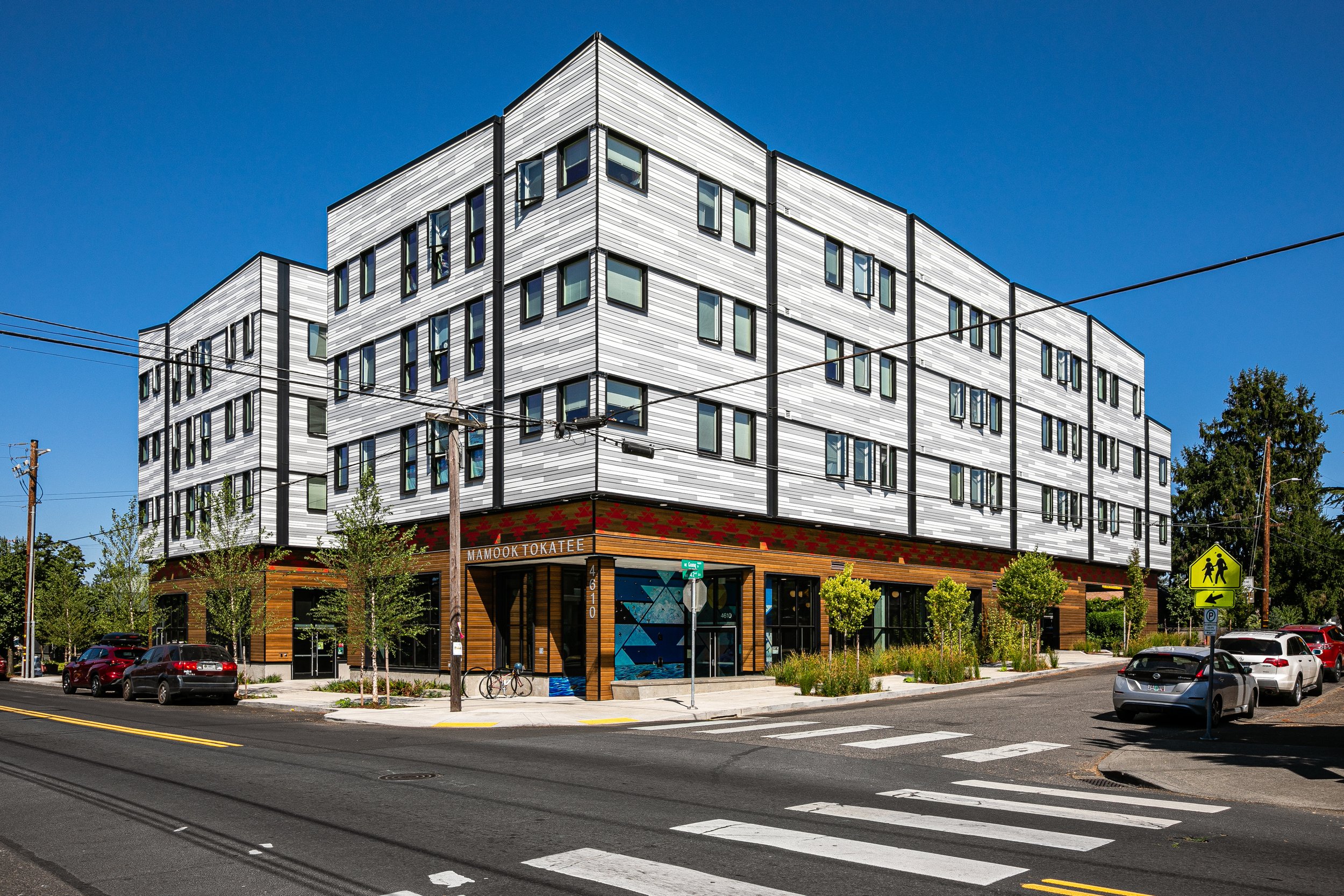
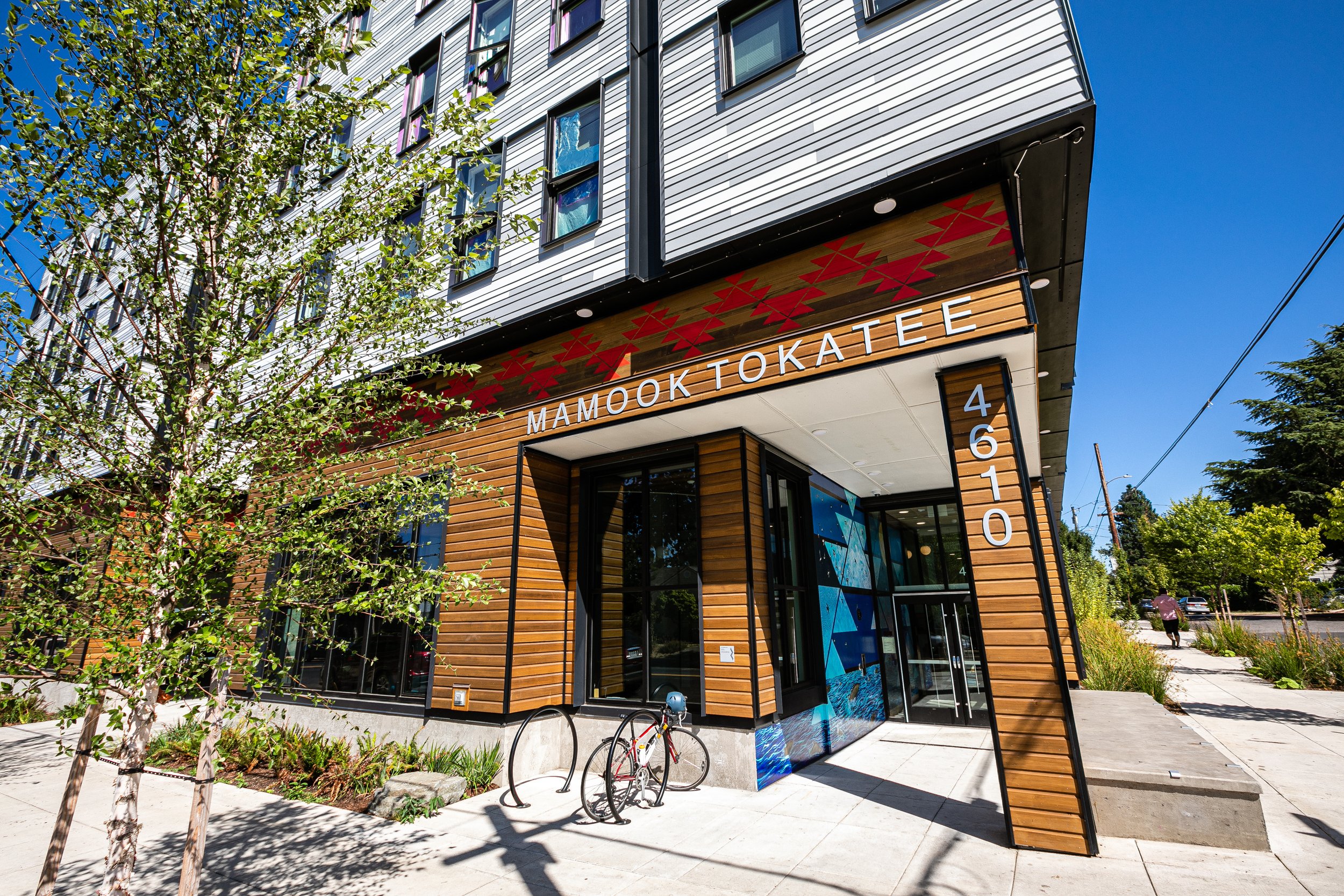
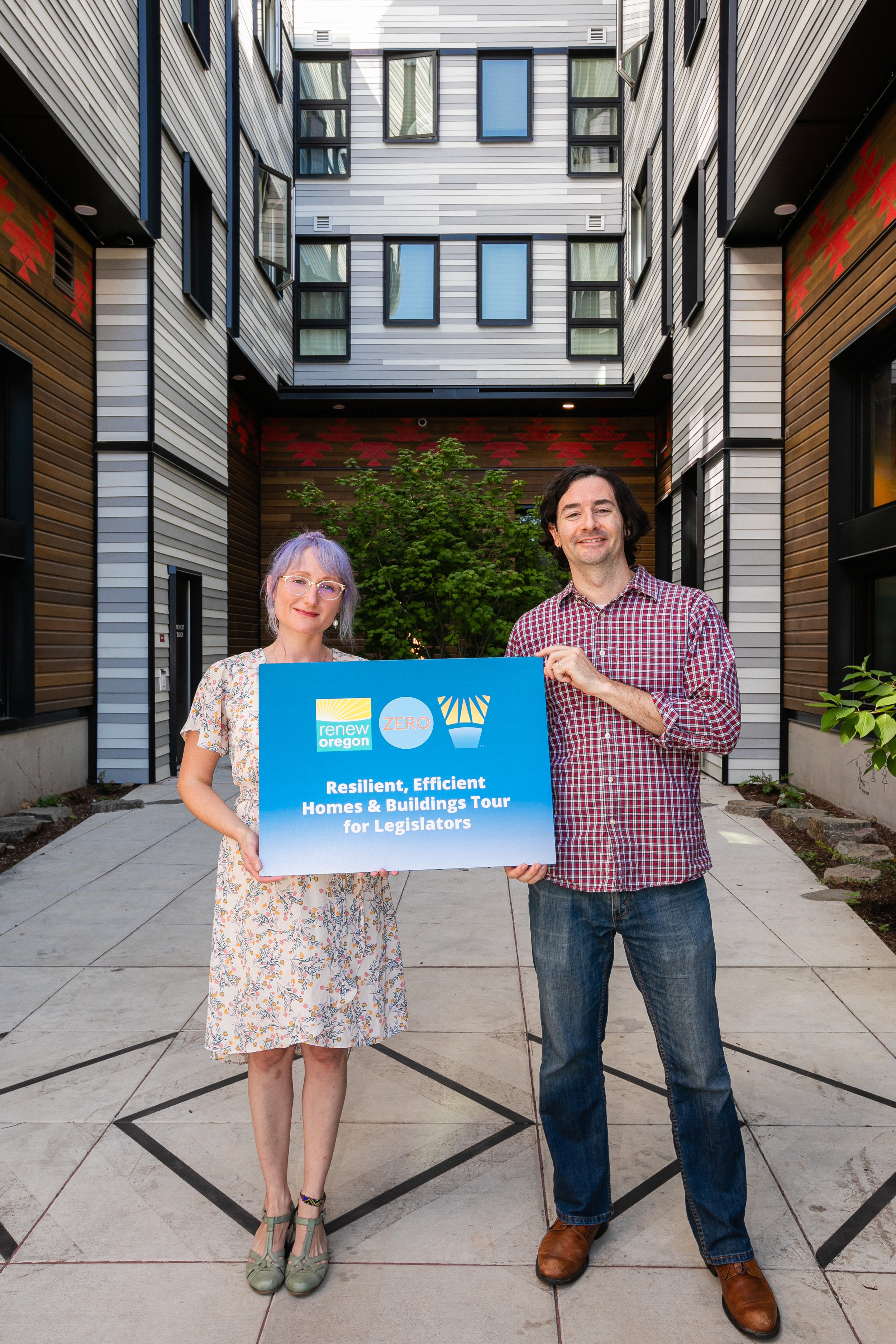
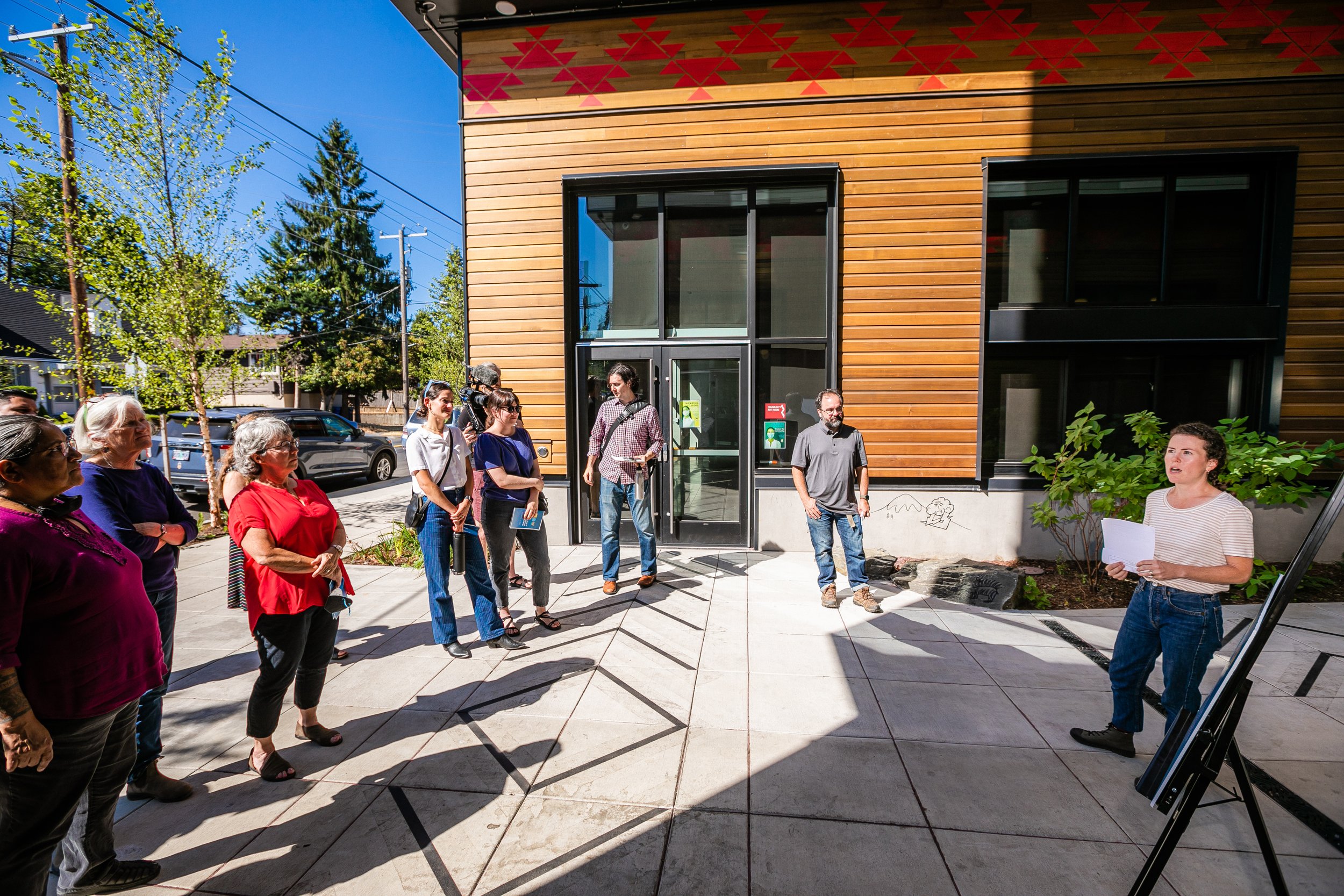
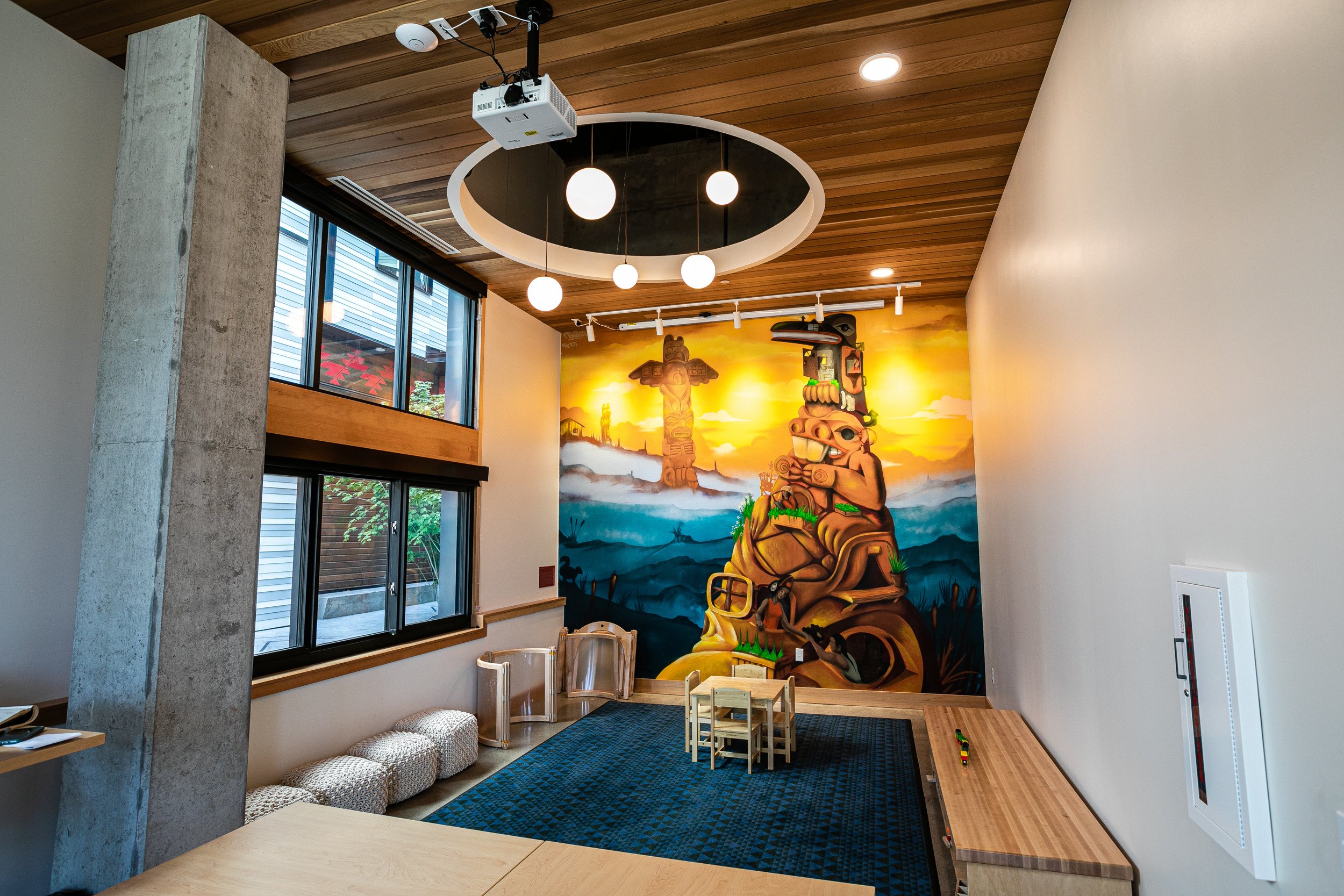
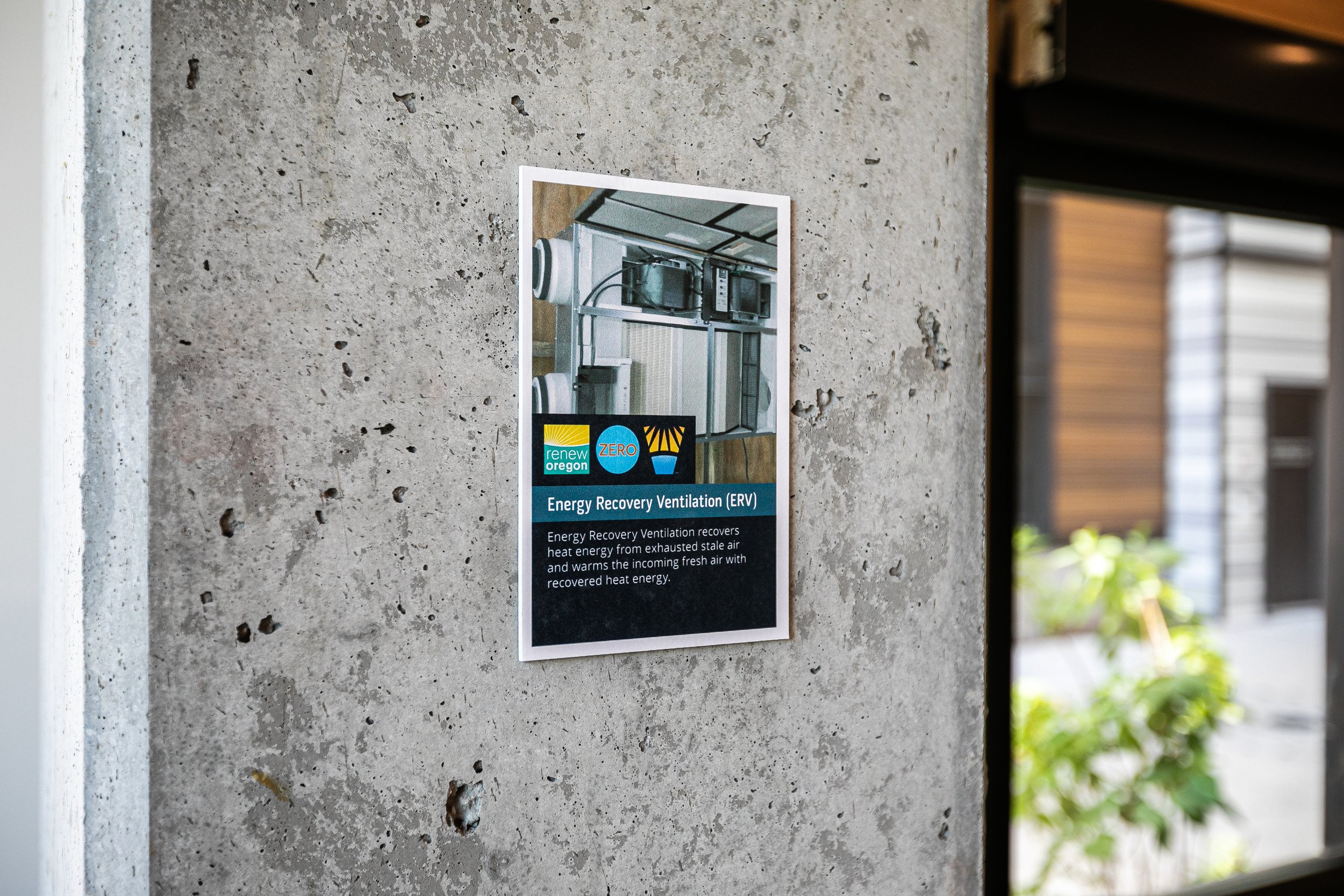
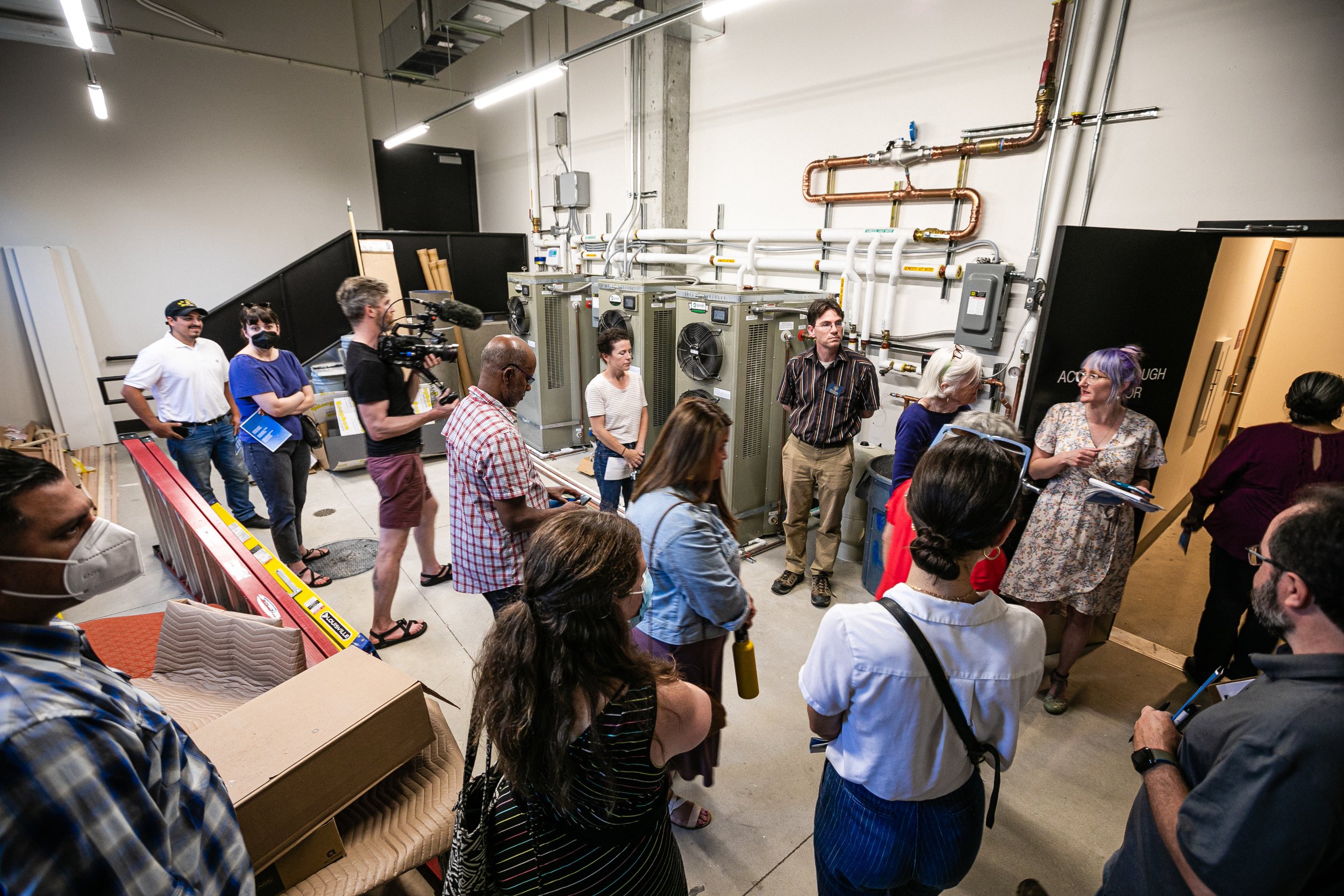
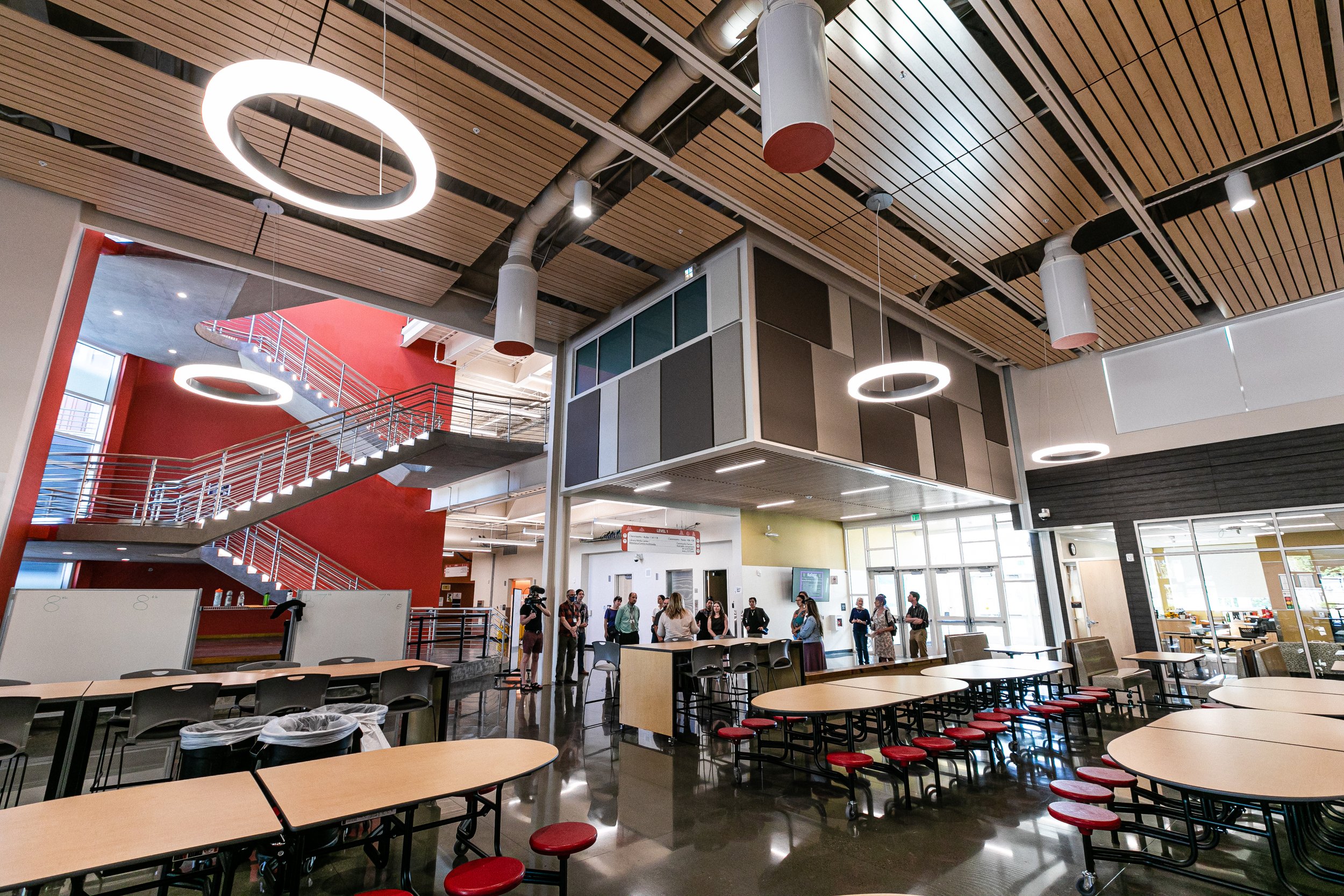
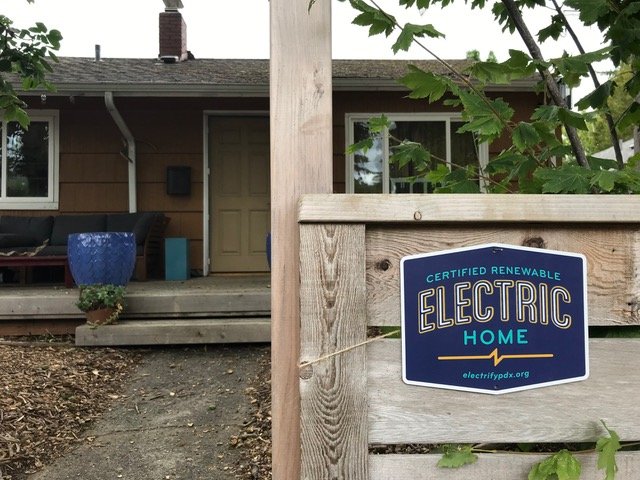
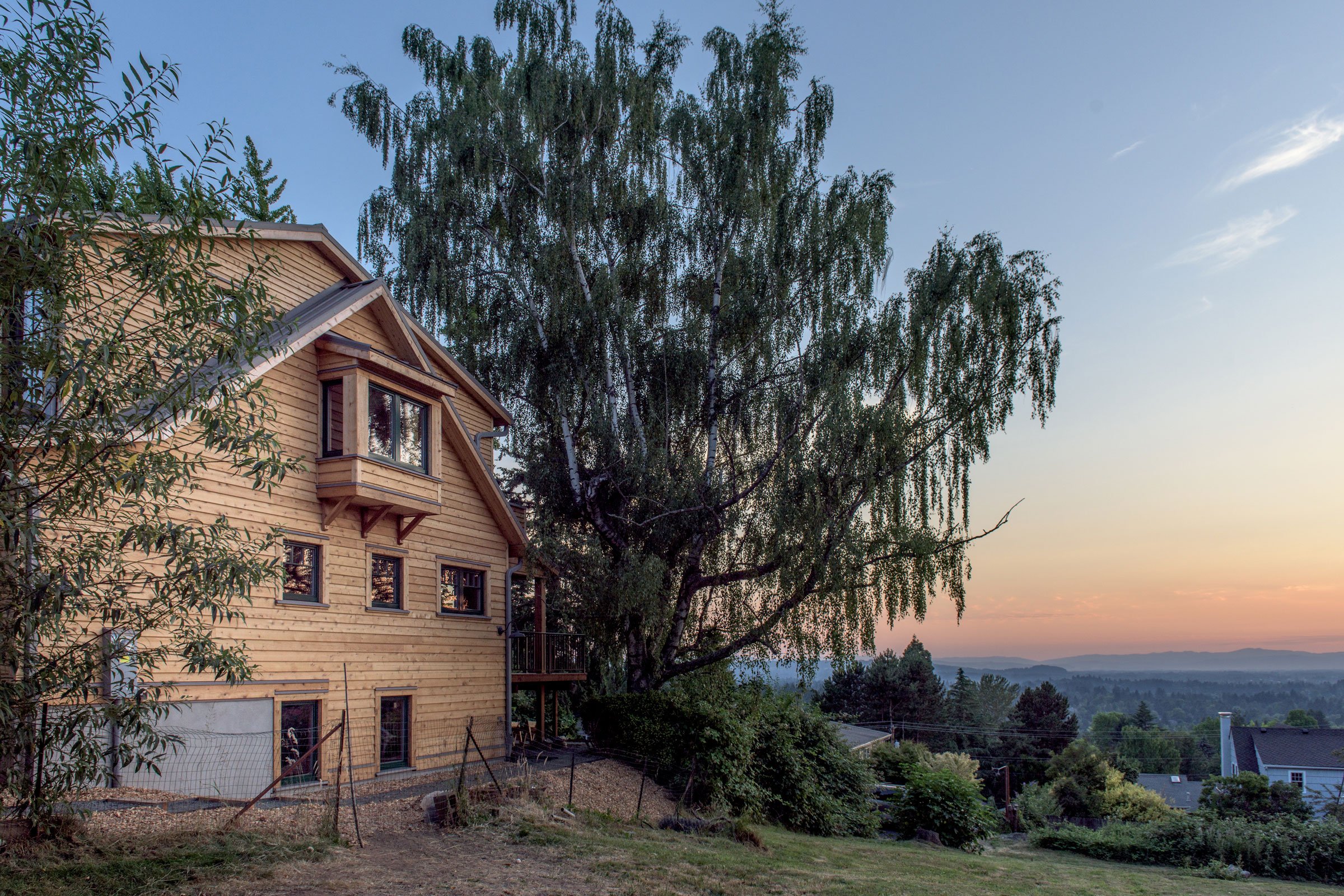
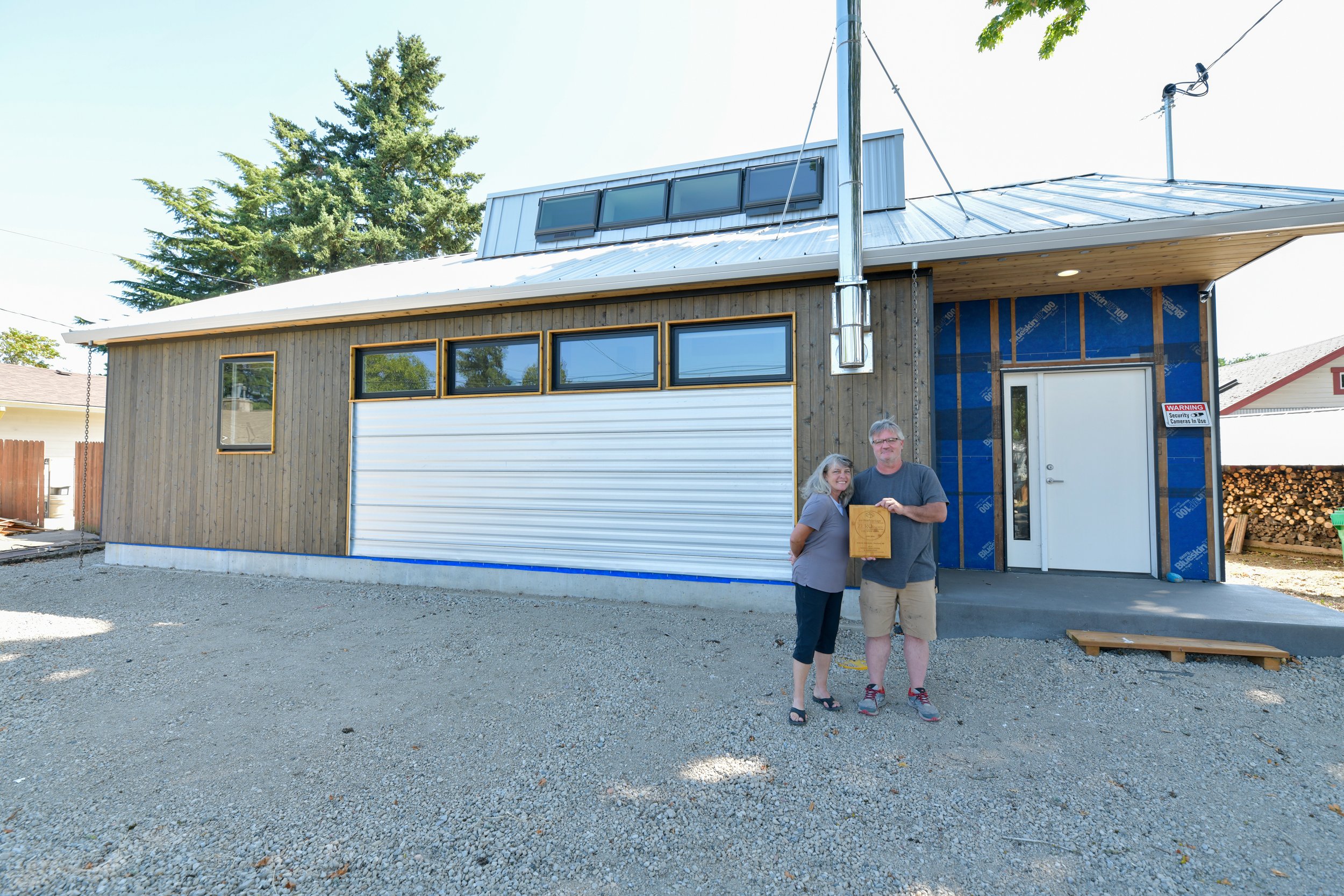
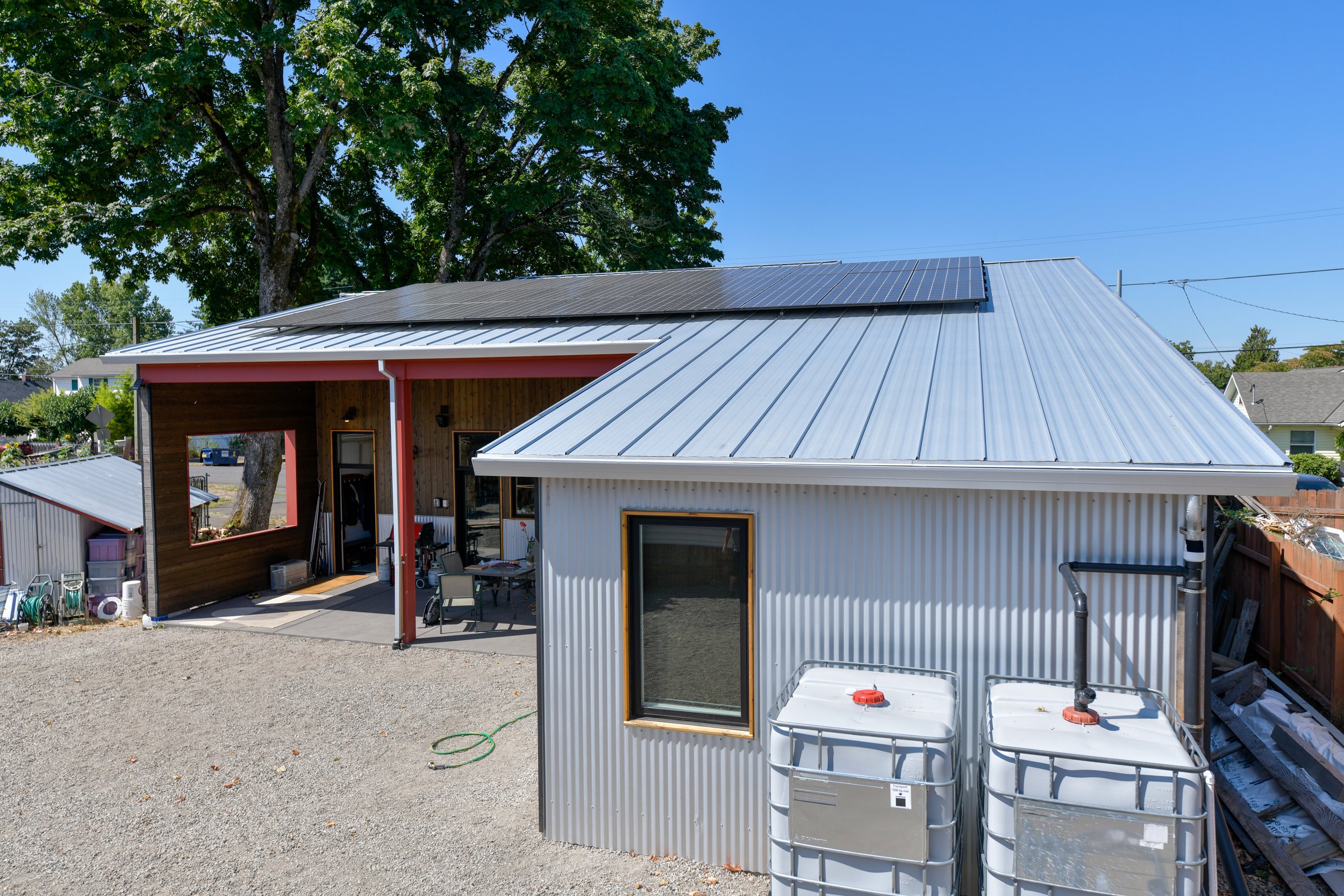
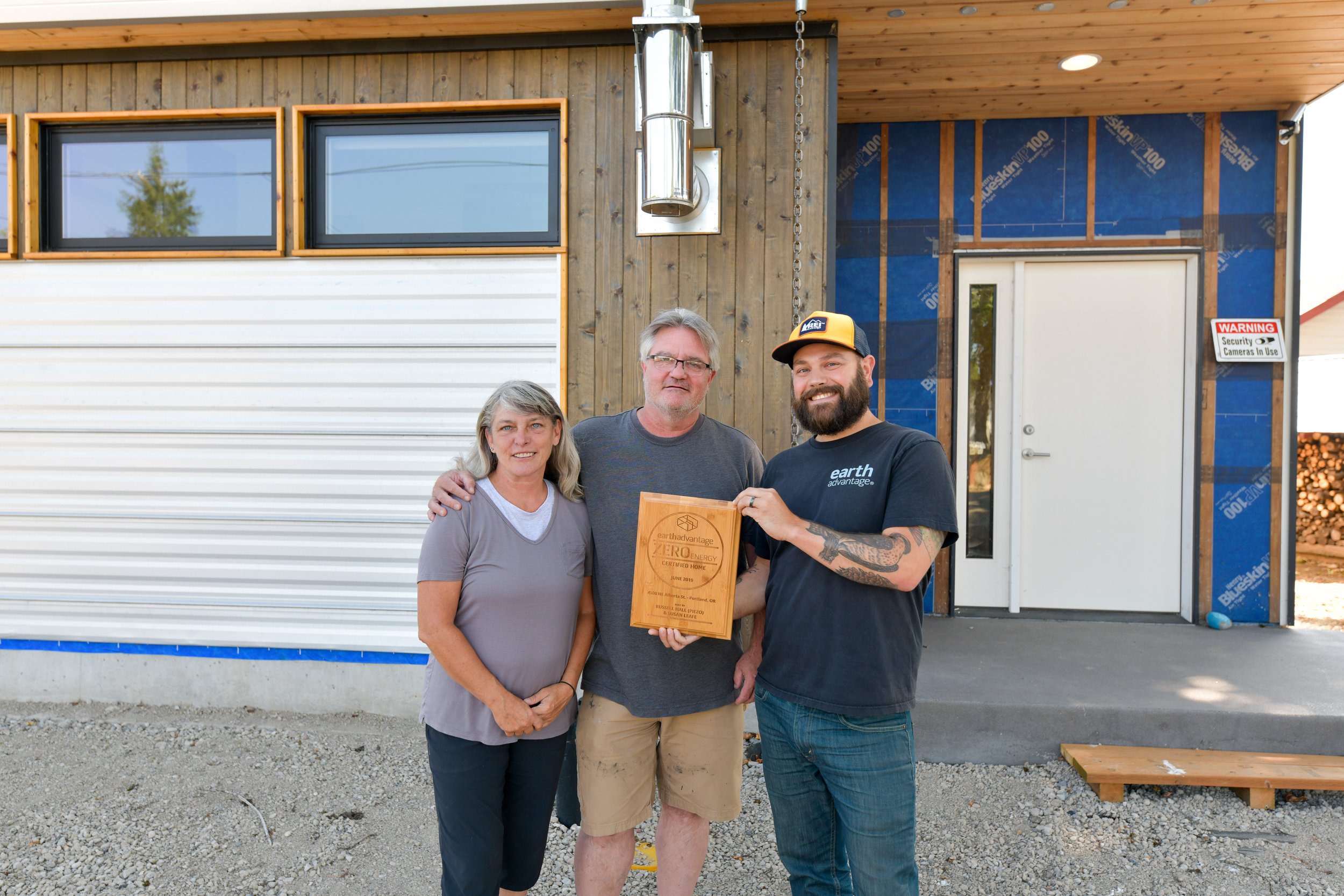
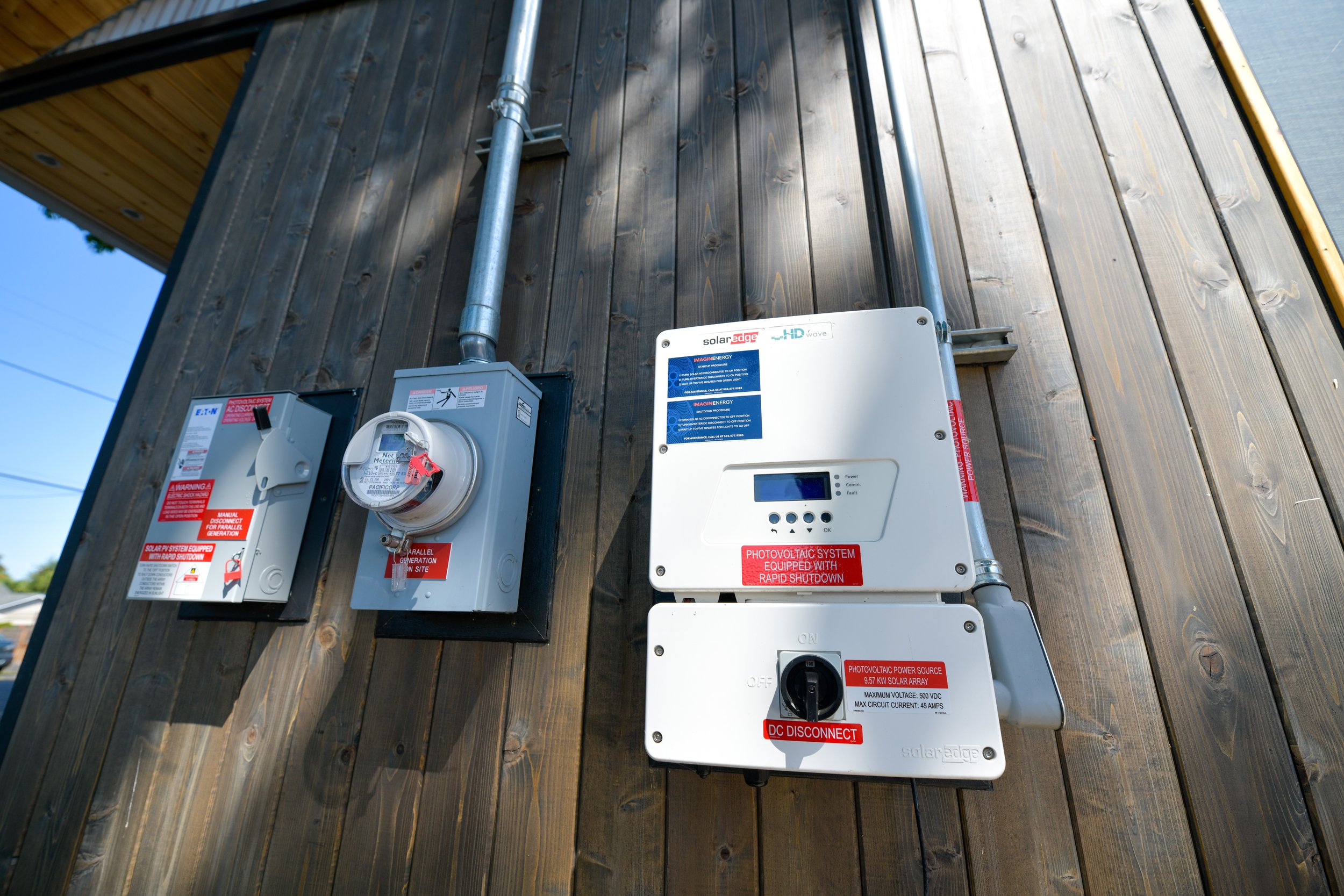
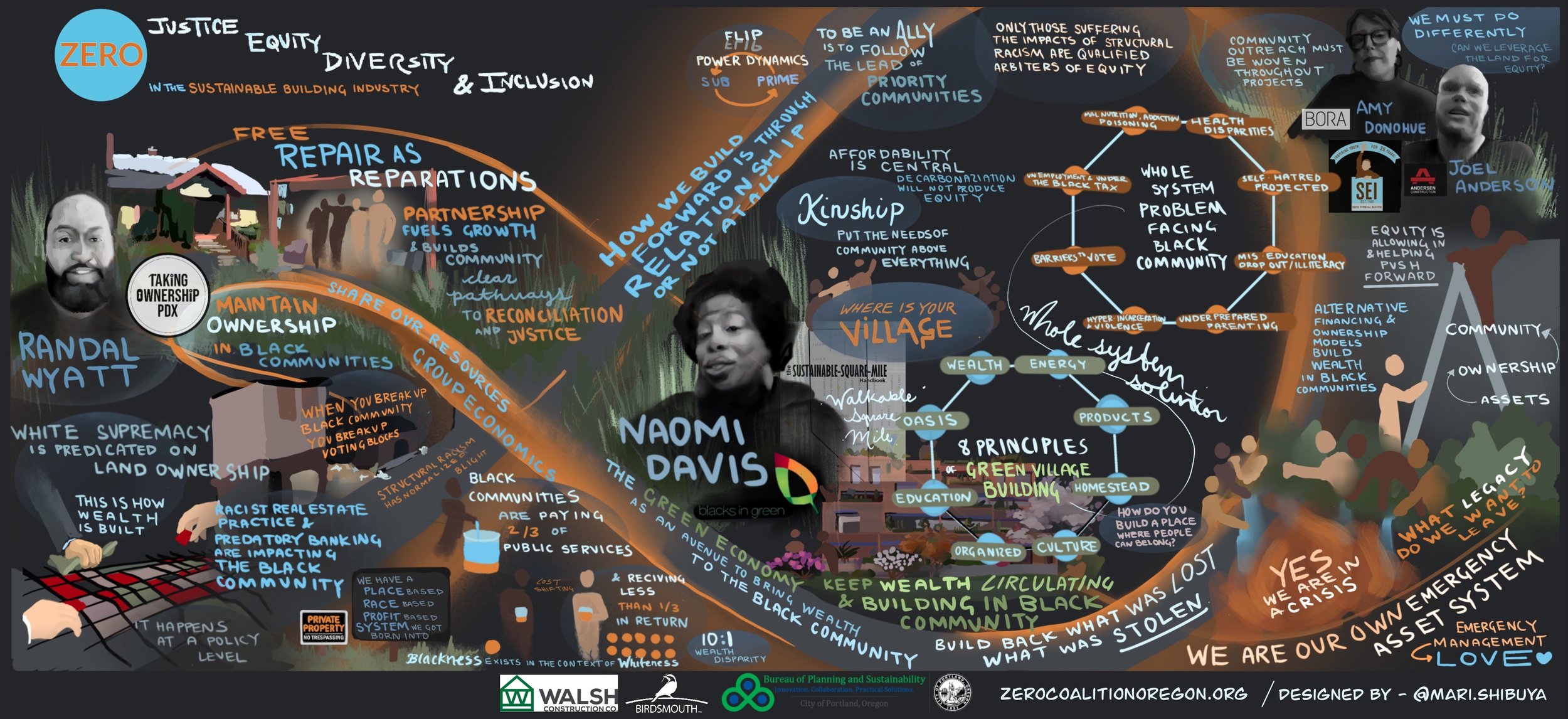
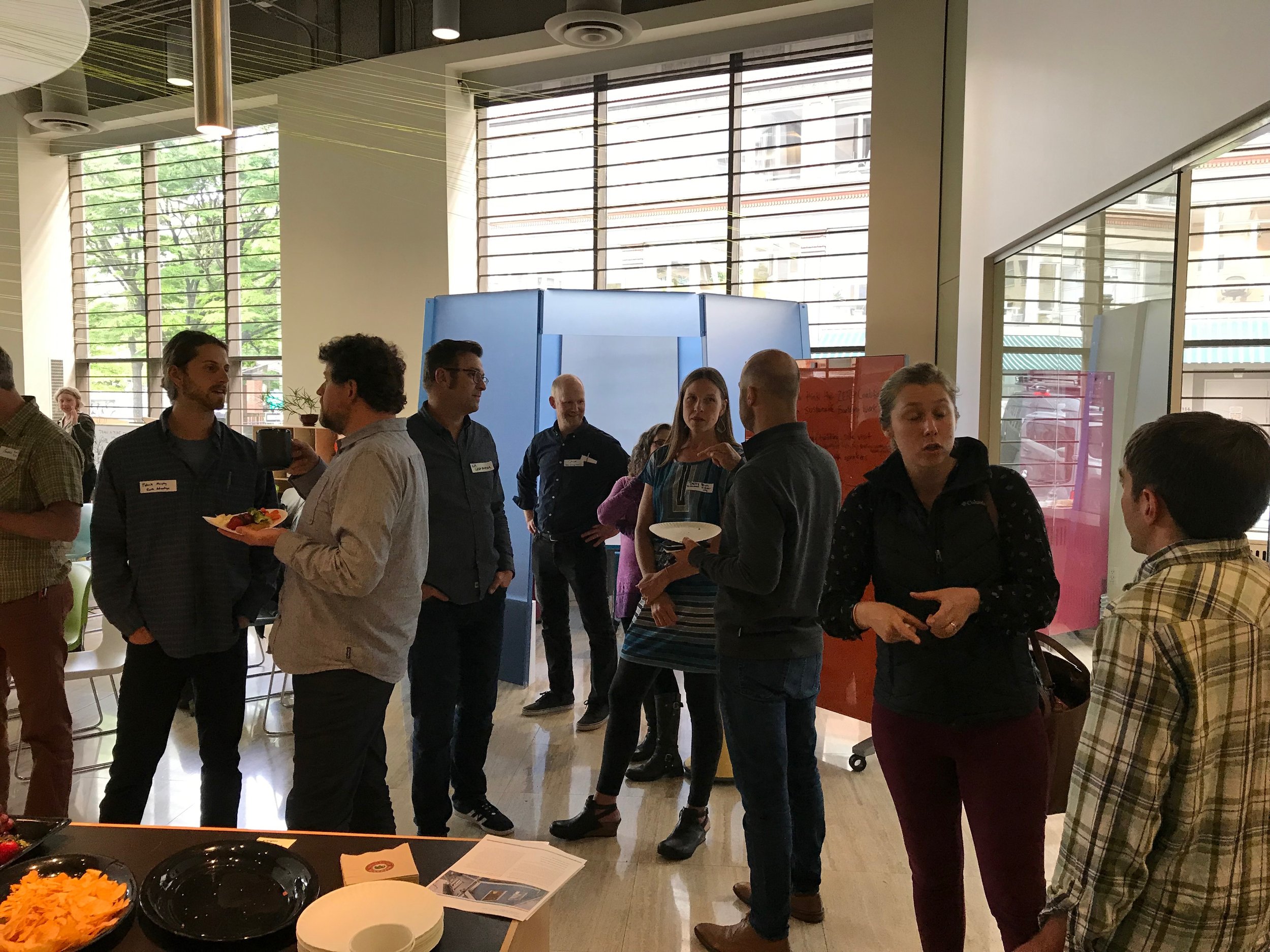



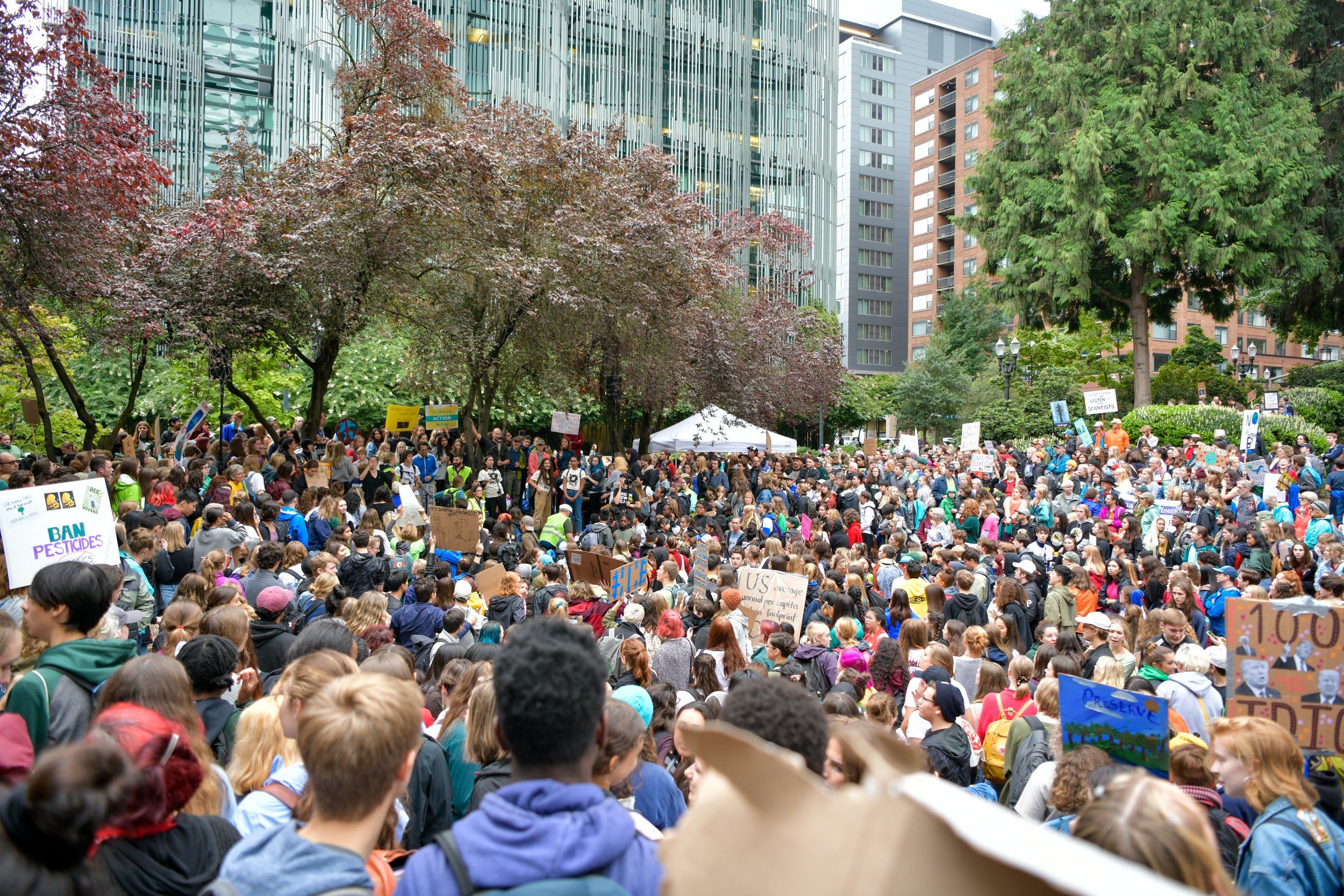

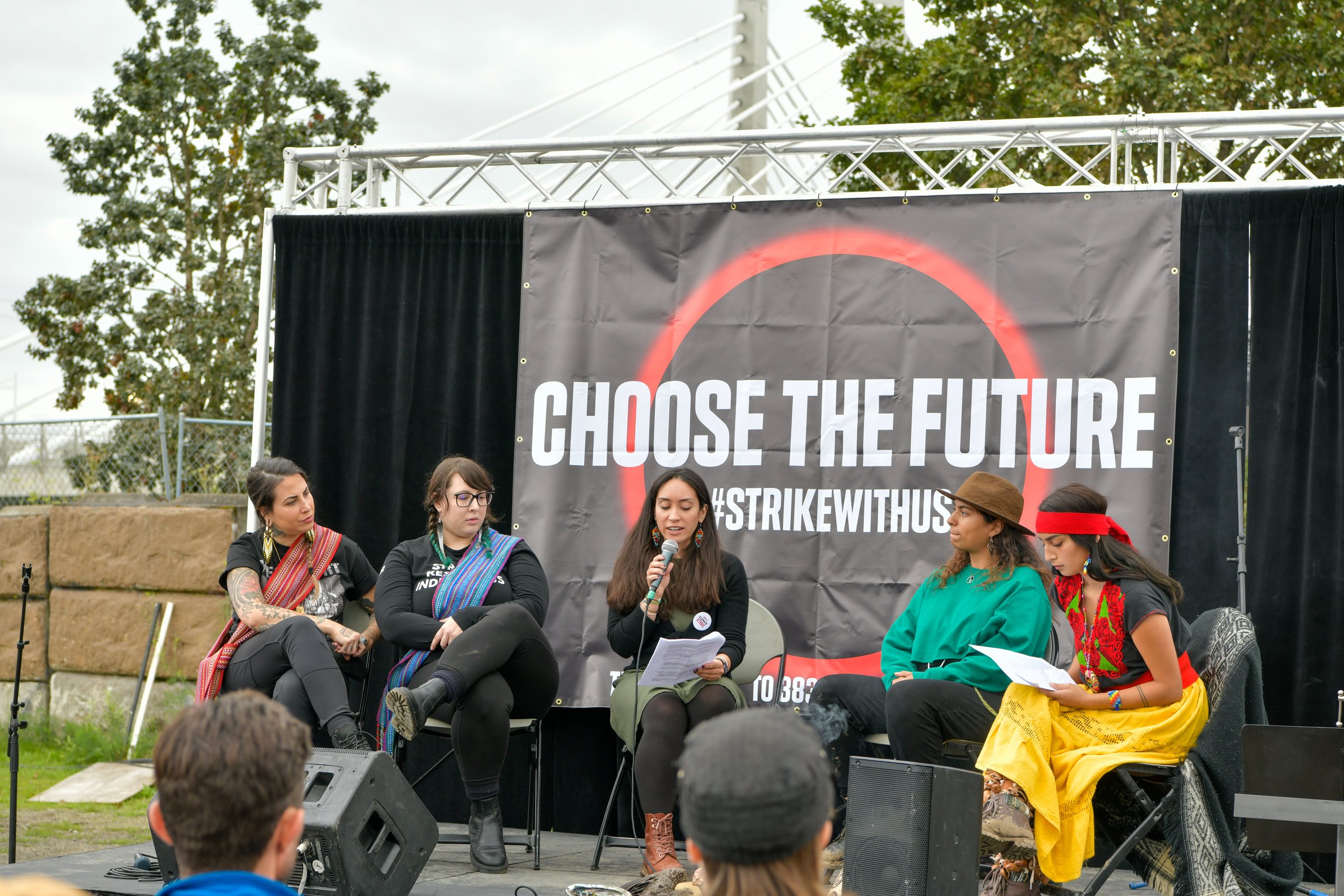
Our work together will lead to big changes for our state.
A strong economy with opportunities for all Oregonians
A vibrant building and construction sector
A state powered by clean energy and highly efficient buildings
A lower cost of homeownership and lower utility bills for renters and small businesses
Healthier, more comfortable, and more efficient homes and workplaces
A resilient Oregon that is better protected from a changing climate
The time is now.
As a Coalition, we agree that now is the time to accelerate the transition to a decarbonized building sector in Oregon. If you’re a builder, designer, policymaker, or another member of the sustainable building industry looking to accelerate building decarbonization in Oregon, please contact us. We look forward to working with you.
photo courtesy of Hinge Build Group, LLC
Retrofit smart from the start.
The ZERO Coalition has developed a streamlined infographic for builders, designers, and others in the sustainable building industry to show how to achieve cost-effective zero-energy retrofits. Each step has its own purpose, strategies, and resources to guide you along the way.
Why is our mission equity centered?
Low-income and rural households face a much higher energy burden than others. Energy burden is defined as the percentage of gross household income spent on energy costs.
“According to DOE’s Low-Income Energy Affordability Data (LEAD) Tool, the national average energy burden for low-income households is 8.6%, three times higher than for non-low-income households which is estimated at 3%. In some areas, depending on location and income, the energy burden can be as high as 30%. Of all U.S. households, 44%, or about 50 million, are defined as low-income.”
The Central and Eastern Oregon regions have the largest energy burden in Oregon. In one such county—Malheur County—almost half of all households are energy burdened. At the same time, energy efficiency programs are investing less in rural areas, leaving critical cost savings for these households on the table.
ZERO Members volunteer with Community Energy Project (a ZERO member organization) to weatherize homes for low-income communities.
Energy efficiency first.
Energy efficiency improvements such as improved heating, cooling, and weatherization in homes can save $113 million per year in utility costs for low-income households. It is much more cost-effective to build clean buildings from the start than to retrofit buildings to try to recoup savings and benefits later.
Decarbonizing Oregon’s Buildings
Building decarbonization can take many approaches and forms but it is one of the most immediately available strategies for lowering greenhouse gas emissions. ZERO’s members are working together to decarbonize Oregon’s buildings and help ensure our state meets its climate obligations.
Our Resources + Tools
Check out our Resources +Tools pages for Fact Sheets and our Communications Toolkit which shows examples of and explains the benefits of zero-energy buildings. Do you have a need for a fact sheet related to our work? Reach out and let us know the topic!






